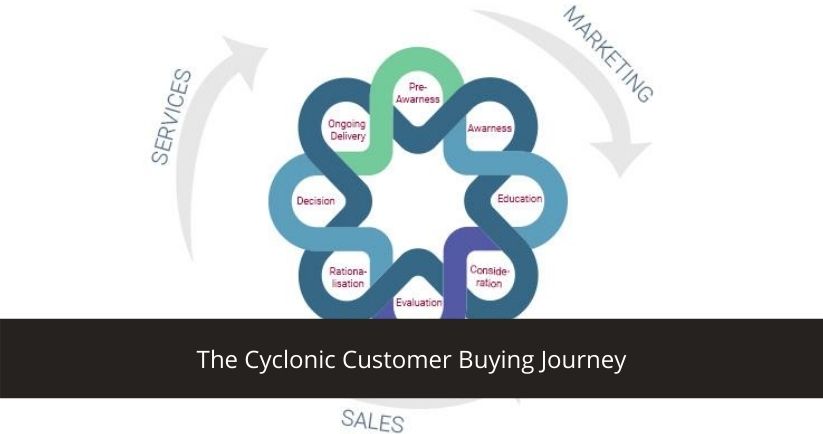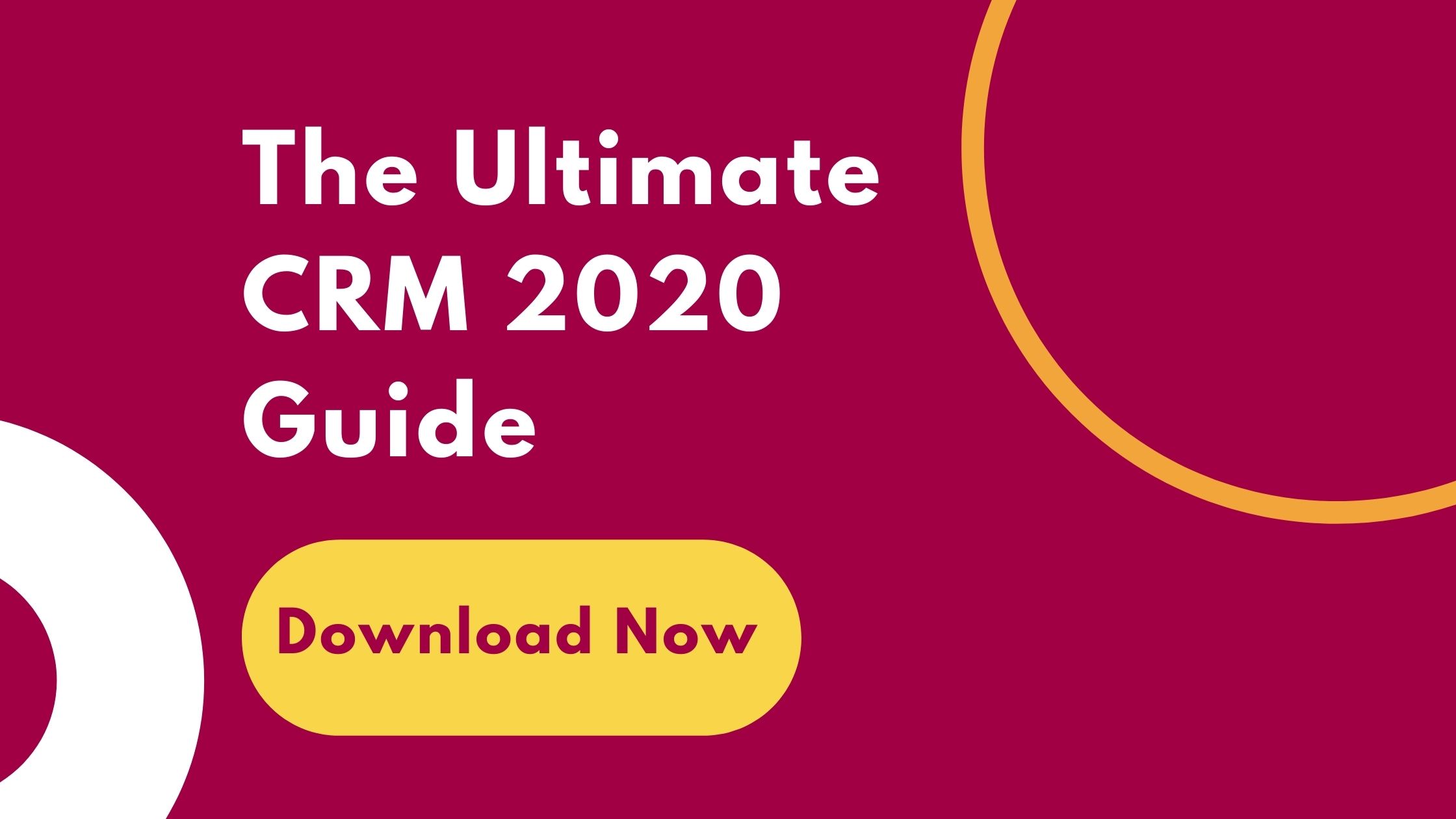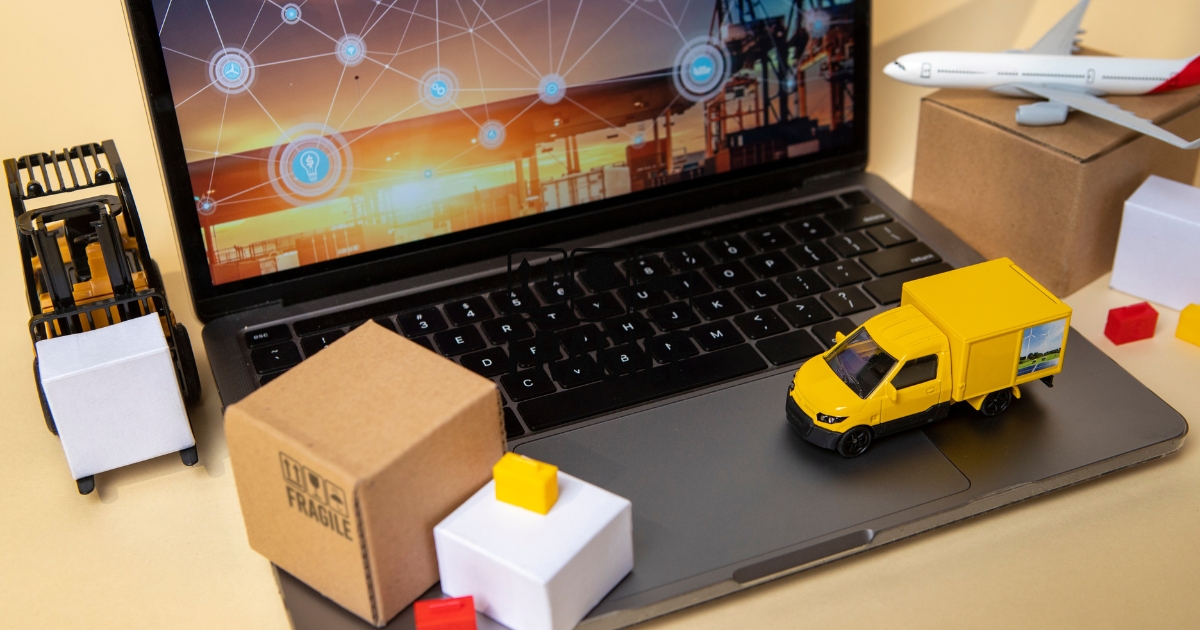The Cyclonic Buying Journey
- Pre-Awareness
- Awareness
- Education
- Consideration
- Evaluation
- Rationalization
- Decision
- On-going Delivery
Today, when each one of us has access to buy anything from anywhere and at any time, companies are finding ways to highlight their products and services and reach the right audience and ease the customer buying. The digital boom has transformed the customer buying journey process. It has shrunken the process by modifying or eliminating various stages that existed otherwise. For example, customers no longer want to stand in long queues. Instead, they can order things online and pay a meager shipping fee.
Secondly, in a price-sensitive economy, such as India, discounts and coupons play a crucial role. Online retailers like food parlors and garment manufacturers regularly come up with various schemes and coupon codes to entice customers. Such programs positively impact revenue growth, increase customer loyalty, and spread good word-of-mouth.
Marketers and data analysts always study changing customer behavior to unravel the hidden secrets of the customer buying journey. They try finding ways of entering and fixing their place along the buying trajectory of customers. They try anticipating the customer’s next move and formulate strategies accordingly.
The customer buying journey has recently undergone a massive change. A few years ago, companies followed customers along their buying journeys and were employing tactics to gain their attention. But with the arrival of advanced technologies, better organizational structures, developed sales funnel stages, and competent marketers, companies, have seen success in restoring the balance of power. Today, they manage customer buying journeys, which has become central to a customer’s experience of a brand.
The following example will help you understand how ERP systems simplify the customer buying journey and pave the way for easy collaboration between companies and customers.
Don’t miss: 5 Most Important Stages of a Customer Life Cycle
Suppose you are a prominent automobile company. You sell low budget and high budget cars. To manage thousands of transactions that happen regularly, you cannot depend on your workforce as it may introduce human errors. Also, your warehouse team cannot monitor the inventory levels at all times. Moreover, supplier/distributor/vendor management requires heavy monitoring and relationship management skills. Further, providing excellent post-purchase customer service to clients has become mandatory and requires a mix of well-trained personnel and technology.
This is where enterprise technologies — ERP and CRM systems — play a significant role. CRM system is a software bundle that stores customer information and updates it regularly. It trims long lists of customers and selects only a handful of those who have a higher probability of purchasing a car. This saves your sales reps time as they put effort into selling the cars to only those who have been selected by the software. CRM systems also prepare and update a long list of vendors and choose the best one based on attributes like purchasing price of cars, logistics costs involved, delivery time, etc.
Moreover, once a customer purchases your product, it’s essential to keep them in the loop. A CRM system enables the customer to get in touch with your support service team instantly and receive pin-point solutions to their problems. For example, if the electronic dashboard in the car isn’t working correctly, the support person can email a troubleshooting algorithm.
Next in the line is ERP software that manages the system’s financial, manufacturing, and operational parts. They monitor the warehouse 24/7, and when the inventory falls below the threshold level, they automatically place a purchase order with the vendor. When the manufacturing facility receives raw materials, the ERP system handles the manufacturing process. They also create smart contracts, invoices, Bills of Materials, and manage other financial activities as well.
The cyclonic buyer journey helps marketers connect with their customers at every stage regardless of the path they follow. Considering the entry point being flexible, the exit goal will always be conversion and retention in the cyclonic buyer journey.
The Steps in Cyclonic Buyer Journey
1. Pre-awareness
In this stage, customers think that solutions to their specific challenges don’t exist.
2. Awareness
In this stage, customers start searching for potential answers online or offline (friends, family, relatives, peers, etc.) modes.
3. Education
After customers become aware of the existing solutions, they study them thoroughly. This step takes a long time because in the information age we live in, there is ample data about everything. To reduce potential risks, customers like to educate themselves before making the buying decision.
4. Consideration
In the fourth step of their buying journey, customers consider a few solutions from the many available in the market. This is where companies should step forward and help customers in making the right choice.
5. Evaluation
Customers have already done a lot of research. But most of that research has been done through the internet or third parties. This is when companies should have face-to-face conversations with customers and give detailed information about their capabilities, pricing, benefits, and features. Companies need to ensure that they stand out as the best service provider in the market.
6. Rationalization
If a customer has reached this stage, it means that he has emotionally made his mind to purchase your product. What he needs now is a logical explanation to rationalize his decision. So he may ask the following questions:
- When can I expect to earn ROI?
- How long will it take to deliver?
- What is the guarantee/warranty period?
- What are your payment terms?
7. Decision
Until the paperwork is done, nothing is final. Customers always want to bring the purchase cost down. It depends on how much leverage the company has on the market. If the company manufactures unique products, then it can decide the terms and conditions of the contract as per its will. But if its offerings are generic, then it has to bend down before the wishes of the customer.
8. Ongoing Delivery
The real business starts once the delivery is done. If your offerings create a delighted customer, they will spread good word-of-mouth and refer your services to their friends and families. Also, you will be able to cross-sell and up-sell other products to them quickly.
In the digital age, we live in, consumers first consider a product, then purchase it, and finally develop a bond with it. And this is entirely valid for every product, right from expensive ones like an Apple laptop to daily-use products such as a body lotion. Sophisticated companies are finding ways to optimize individual touchpoints in the customer buying journey. In some cases, they are reinventing the wheel. They are moving from being reactive to being proactive by identifying customer’s pain points and fixing them.
Gone are the days when companies used coercive strategies to keep customers. Today, companies focus more on designing customized experiences that customers find irresistible. They are permanently engaged because they gain value out of the journey itself. Tapping into the potential of your existing customer base, digital marketing has a vital role to play. To address buyers on the digital front, adopting the AARRR framework has a notable contribution.
As explained above, companies are reinventing the customer buying journey. This transformation has five key features: AARRR framework, digitization, individual customer journey, interacting as per the context, and journey innovation. These capabilities allow companies to draw in more customers effectively. Let’s study them one by one.
Digitization
The first step is digitization. It refers to automatizing manual processes to make them fast and efficient. If customers can complete operations at the click of a button without having to move out of their house, consider how robust and dynamic the customer buying journey will become. It will exponentially increase customer satisfaction and thereby improve customer loyalty.
Let’s understand this with the help of an example. Imagine a bank that launches an app that allows customers to deposit checks by scanning and uploading the pictures without visiting the bank premises? Or if a retailer enables customers to buy garments through AR (Augmented Reality), MR (Mixed Reality), and VR (Virtual Reality) technologies where they can try the garments from their home without visiting the brick and mortar store? Even governments can significantly benefit from digitization by enabling public welfare schemes such as better infrastructure planning and inclusiveness in financial dealings.
AARRR Framework
The acronym AARRR stands for Acquisition, Activation, Retention, Referral, and Revenue. It’s a unique framework that enables companies to build customer-specific resources according to user status. It also allows us to quickly check the performance of marketing campaigns and monitor the prospect to customer conversion percentage.
The following points list the resources as per the AARRR model:
1. Acquisition
PDFs, Ebooks, Whitepapers, Press Release, Blogs, Checklists, Group Participation
2. Activation
Product Demos, Free trials, RFPs, Webinars, Free Consultation
3. Retention
Coupon Codes, E mailers, Discount/Offers
4. Referral
Contests, Word-of-Mouth
5. Revenue
Recovery, Proforma invoices
Individual Customer Journey
Every customer is different. They have varying needs, wants, and buying behavior. Companies need to keep a tab on each customer’s buying journey to devise personalized marketing strategies. They can do this in two ways. First, by gathering information from the events attended, activities performed, and actions taken by the customer in the past. And second, by forecasting the customer’s next move. This is where CRM software enters the picture. It collects customer data from various touch points, including call and browsing history, emails, social media, customer reviews, product usage, etc.
Then it prepares customer profiles that can be edited/updated at any time and from any place. Upon careful analysis of the profile, the CRM software algorithms suggest what action the customer might take in the near future. It keeps a vigilant eye upon the sales funnel stages and allows companies to influence the customer buying journey.
Interacting as per the context
This step is crucial because it enables the company to know where the customer currently lies in the customer buying journey and how to draw them towards the next interaction the company wants them to pursue. This process is executed in two ways, first, through physical means such as visiting the retail store. Second, through online methods such as reading product reviews. For example, airline apps can send boarding passes to fliers as soon as they enter the airport. Or online retail stores like Amazon can show past purchase invoices or current delivery status when the customer lands on its website.
Another example can be seen in the hotel industry that is using apps in more ways than one. Customers receive room numbers on their apps when they enter the hotel’s premises. Also, the check-in process has been simplified as customers can provide thumbprints through the app itself. Further, upon reaching their room, the app turns the customer’s smartphone into a virtual key that unlocks the door. Moreover, the app delivers personalized recommendations and alerts for dining and entertainment. Such steps have made the customer’s life easy and have resulted in exponential revenue growth for the hotel industry.
Journey Innovation
This step focuses on discovering new avenues of the relationship between the customer and the company. It requires analysis of existing pain points and constant innovation to spot opportunities and act for both parties.
One of the significant components of journey innovation is A/B testing. Marketers and data analysts prepare alternate versions of the same message copy and send it to varying customers. They keenly observe their responses and categorize them accordingly. Once they know what strategy is effective on a particular set of customers, they use it for executing distinct marketing strategies. This step enables companies to put different features into the existing customer buying journey and improve it further.
Consider the following example to understand this effectively. Online retail store Amazon has successfully partnered with local brick and mortar retail stores such as Big Bazaar for delivering food staples to people. Customers can order vegetables and fruits from Big Bazaar through the Amazon app and get it delivered on their door-step within 2 hours. Customers can edit/update their orders and ask for speedy delivery by paying a small extra fee. This example illustrates how two companies can work together to make the customer buying journey more beneficial for all the parties involved.
Role of CRM software
With the arrival of digital tools, the customer buying journey is undergoing a massive transformation. Unlike previous generations, today’s customers are more aware, understand the value of time, and are too specific about their needs and wants. If companies don’t deliver on both these fronts, they are destined to lose customers to their competitors which will lead to decrease in customer buying.
CRM software comes as a rescue. It provides instant access to customer-specific information, thereby speeding up tasks and enabling marketers to make decisions based on data. Such decisions provide pin-point solutions to the customer’s specific challenges allowing companies to take control of the customer buying journey, thereby increasing their revenue growth.
Further, CRM software also manages the sales funnel stages — awareness, consideration, and decision — effectively. It collects customer feedback from different touch points and gives automatic replies to trivial questions through its chat bot feature.
Are you searching for a marketing automation software —such as a CRM system — to better deal with your customers? We can help you. At Sage Software Solutions (P) Ltd., we are home to world-class CRM software that will solidify your business tech support fundamentals and help you build a customer-centric organization. To know more about it, You can also write to us at sales@sagesoftware.co.in
Disclaimer: All the information, views and opinions expressed in this blog are those of the authors and their respective web sources and in no way reflect the principles, views or objectives of Sage Software Solutions (P) Ltd.






